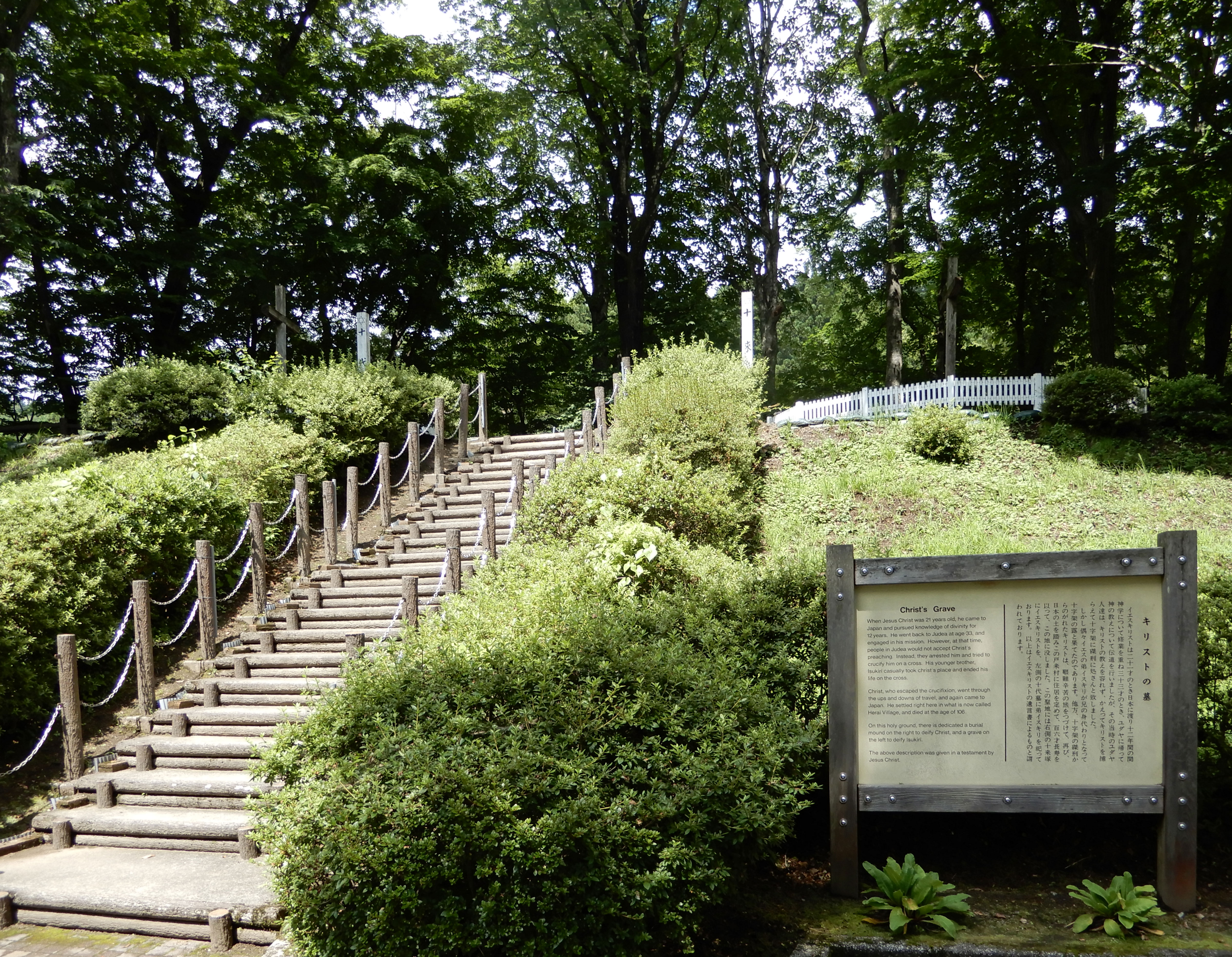|
Sannohe District, Aomori
is a district located in Aomori Prefecture, Japan. It occupies the southeast corner of the prefecture, bordering Iwate Prefecture. As of 1 June 2019, the district has an estimated population of 63,205 and a density of 65.2 persons per km2. The total area was 969.34 km2. In terms of national politics, the district is represented in the Diet of Japan's House of Representatives as a part of the Aomori 2nd district. Towns and villages The district currently consists of five towns and one village. The city of Hachinohe was formerly part of the district. *Gonohe * Hashikami * Nanbu * Sannohe * Takko * Shingō History During the Edo period, the area was part of the Morioka han feudal domain of the Nanbu clan, with portions belonging to Hachinohe Domain and Shichinohe Domain. The Nanbu clan sided with the Ōuetsu Reppan Dōmei during the Boshin War of the Meiji Restoration and were punished by the new Meiji government by loss of their northern territories. In November 186 ... [...More Info...] [...Related Items...] OR: [Wikipedia] [Google] [Baidu] |
Shingō, Aomori
is a village located in Aomori Prefecture, Japan. , the village has an estimated population of 2,408 in 922 households and a population density of 16 persons per km² (42 people per square mile). The total area of the village is . Geography Shingō is in south-central Aomori Prefecture, east of Lake Towada. The western edge of the village borders Akita Prefecture. Much of the village is mountainous with the outer ring mountains of Lake Towada, including Mt. Okomagatake () and Mt. Toraidake (). The village area extends along National Route 454, which connects Hachinohe, Aomori Prefecture and Lake Towada. Neighboring municipalities *Aomori Prefecture **Towada ** Sannohe District ***Gonohe *** Nanbu *** Sannohe *Akita Prefecture **Kazuno Climate The village has a cold humid continental climate characterized by cool short summers and long cold winters with very heavy snowfall (Köppen climate classification ''Dfa''). The average annual temperature in Shingō is . The average annua ... [...More Info...] [...Related Items...] OR: [Wikipedia] [Google] [Baidu] |
Koku
The is a Chinese-based Japanese unit of volume. 1 koku is equivalent to 10 or approximately , or about . It converts, in turn, to 100 shō and 1000 gō. One ''gō'' is the volume of the "rice cup", the plastic measuring cup that is supplied with commercial Japanese rice cookers. The ''koku'' in Japan was typically used as a dry measure. The amount of rice production measured in ''koku'' was the metric by which the magnitude of a feudal domain ('' han'') was evaluated. A feudal lord was only considered '' daimyō'' class when his domain amounted to at least 10,000 ''koku''. As a rule of thumb, one ''koku'' was considered a sufficient quantity of rice to feed one person for one year. The Chinese equivalent or cognate unit for capacity is the ''shi'' or ''dan'' ( also known as ''hu'' (), now approximately 103 litres but historically about . Chinese equivalent The Chinese ''shi'' or ''dan'' is equal to 10 ''dou'' () " pecks", 100 ''sheng'' () " pints". While the current ... [...More Info...] [...Related Items...] OR: [Wikipedia] [Google] [Baidu] |

